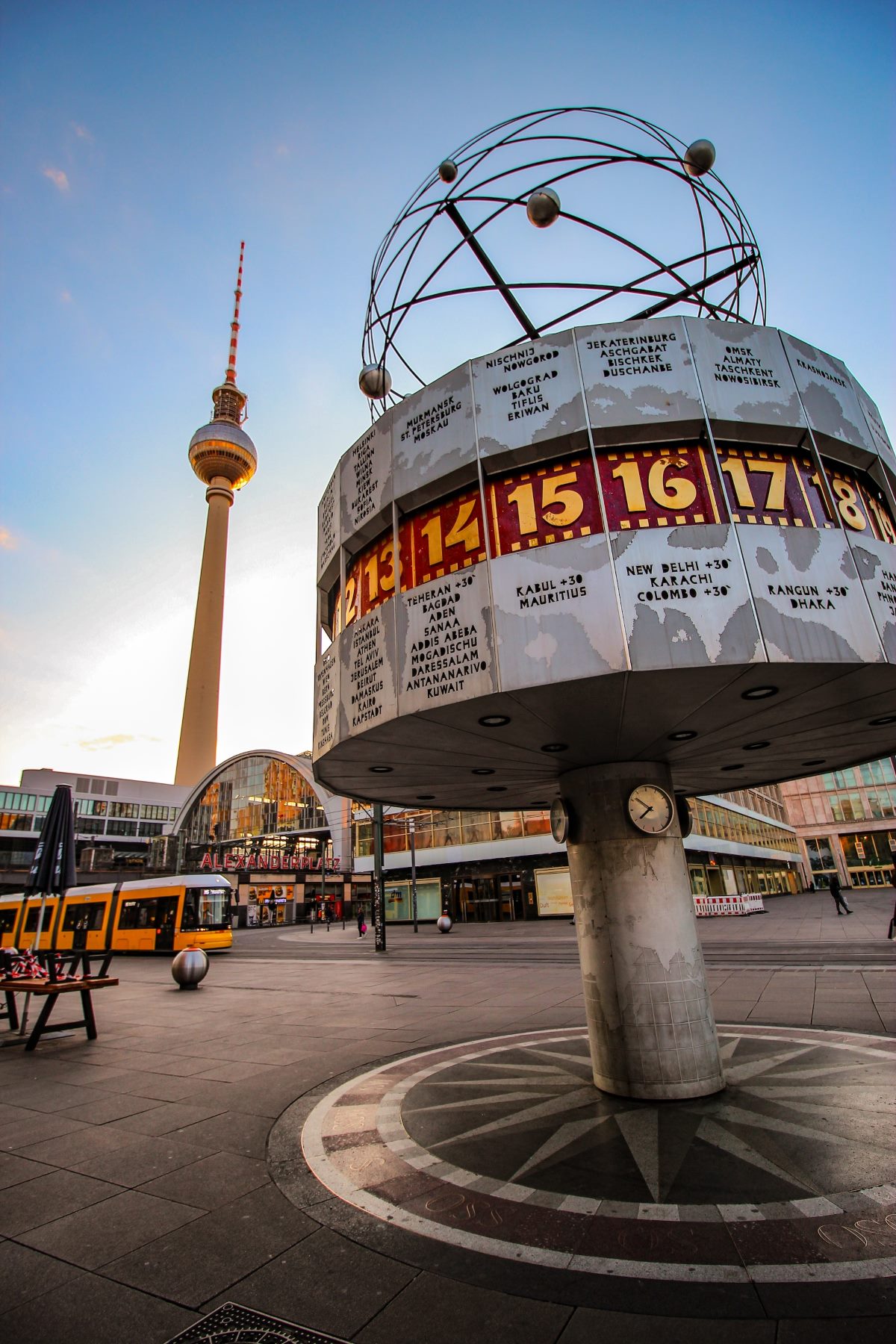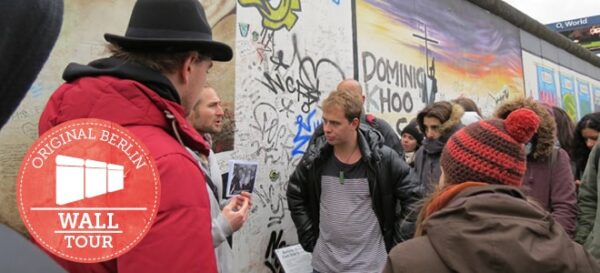Visiting the Concentration Camp Museum in Berlin is a profound and educational experience. It allows us to learn from the past, understand the atrocities committed during World War II, and honor the memory of the victims. In this blog post, we will explore the significance of the museum and guide you through what to expect during your visit.
The History Behind the Concentration Camp Museums
The Concentration Camp Museums in Berlin, such as Sachsenhausen and Ravensbrück, serve as memorials to the victims of Nazi brutality. These camps witnessed unimaginable suffering and were symbols of the Holocaust. By preserving these sites as museums, we ensure that future generations can learn about this dark period in human history and work towards preventing such atrocities from happening again.
What to Expect During Your Visit
When you visit the Concentration Camp Museum in Berlin, prepare yourself for a somber and emotionally charged experience. Here are a few things you can expect:
- Extensive Exhibitions: The museums feature detailed exhibitions that chronicle the history, conditions, and stories of the camp’s prisoners. These exhibits often include photographs, personal artifacts, and firsthand accounts.
- Memorial Areas: You will come across various memorial areas, such as the Wall of Names or the Field of Stelae, where you can pay your respects to the victims.
- Guided Tours: Consider joining a guided tour if available. Expert guides can provide valuable insights, answer your questions, and offer a deeper understanding of the historical context.
- Silence and Reflection: Remember to maintain a respectful attitude during your visit. It is a place for reflection, somberness, and paying homage to those who suffered.
The Importance of Education and Remembrance
By visiting a Concentration Camp Museum in Berlin, you actively participate in preserving history and promoting compassion and tolerance. This experience can deeply affect your worldview and remind you of the importance of standing up against discrimination, prejudice, and hate.
When we learn about the atrocities committed in the past, we can better understand the consequences of intolerance and the significance of defending human rights. By sharing the knowledge gained from these museums, we contribute to creating a more just and inclusive society. Education becomes our tool to prevent similar dark chapters from repeating themselves.
Tips for Your Visit
Here are some tips to enhance your experience when visiting the Concentration Camp Museum in Berlin:
- Plan Ahead: Research the museum’s opening hours, accessibility, and any current restrictions or special events.
- Dress Appropriately: Wear comfortable clothing and shoes, as you may spend several hours walking and standing.
- Allow Time for Reflection: Take moments to pause, reflect, and absorb the gravity of the surroundings.
- Be Respectful: Avoid taking selfies or engaging in loud conversations. Remember the purpose of your visit and the respect owed to the victims.
- Extend Your Learning: Consider reading books or watching documentaries about the Holocaust before or after your visit to deepen your understanding.
Conclusion
Visiting the Concentration Camp Museum in Berlin is a powerful way to honor the memory of the victims, gain knowledge about this dark period, and promote a more compassionate future. By exploring the exhibitions, paying your respects, and reflecting on the past, you play an active role in preventing history from repeating itself. Remember, education and remembrance are essential in building a better and more inclusive world.






Leave a Reply